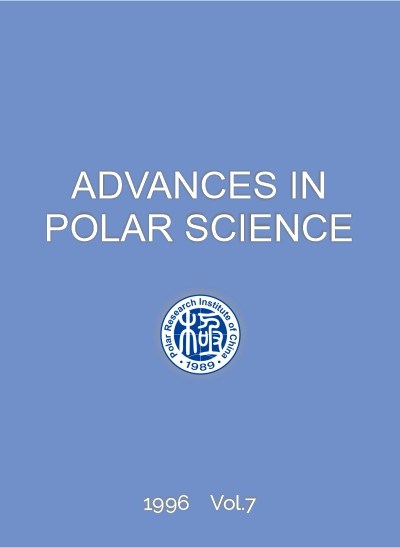Publication: Advances in Polar Science (APS). Antarctic Research. Vol. 7, No. 2, 99~117, December 1996
To download the publication please click on the download link at the bottom of the page
Author: Xue Yaosong, Shen Yanbin and Zhuo Erjun
CNARC member: Polar Research Institute of China (PRIC)
Abstract: The Fossil Hill Formation of the type section composed chiefly of the sedimentary-volcaniclastic breccia and tuffites can be divided into two cycles of sedimentation. The thermal fluid was active in the coarse volcaniclastic deposits of the lower cycle, it led to the formation of laumontite, analcite, albite and regularly hybrid mineral of interlayered chlorite and montmorillonite, which are absent from the upper cycle, and to the transportation and concentration of some of trace elements between the coarser tuffites and the overlying fine tuffite bed at the upper part of this cycle. So-called "rain print" and "mud crack" actually are non-sedimentary originally, they were formed respectively by shedding of the small zeolitized concretions on the bedding plane and tectonic pressed stress. The evidences indicate that the Fossil Hill Formation of the Fossil Hill section was deposited in an intermontane lake affected by both volcanic action and seasonal flood under the condition of warm and moist climate.
Keywords: Antarctica, King George Island, Fossil Hill Formation, sedimentary volcaniclastic rocks


